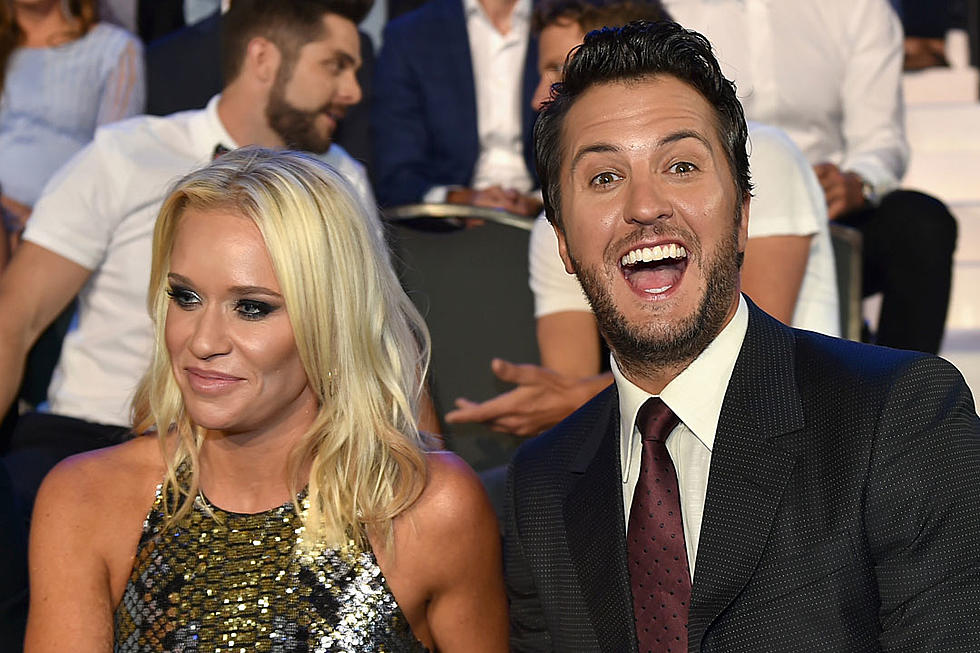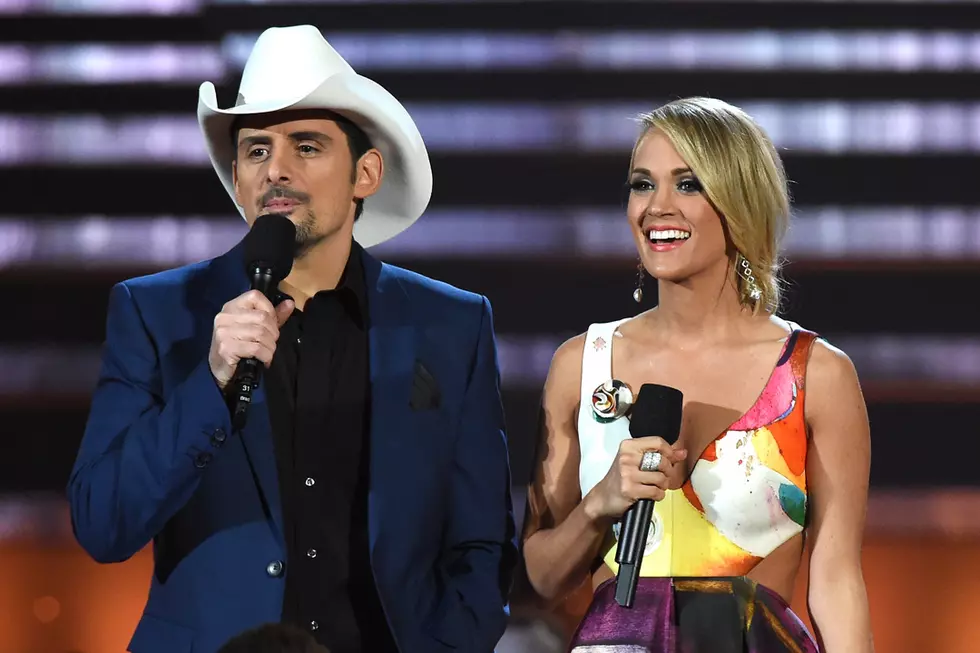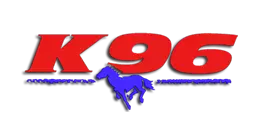
NTCHS Team Wins at MSU Science Olympiad
BOZEMAN — The average age of students on the Montana State University campus declined noticeably on Tuesday, as around 1,400 middle and high school students competed in the annual Montana Science Olympiad.
Corvallis Middle School came out on top of Division B for students in grades six to nine. Absarokee Middle School was named the top small school in Division B.
In Division A, with students in grades nine through 12, Hamilton High School won top honors. The division’s small school winner was North Toole County High School in Sunburst, Montana, a school with a total enrollment of 42 students.
Team winners by division:
Division B (grades 6-9)
- First: Corvallis Middle School
- Second: Lewistown Junior High School
- Third: CR Anderson Middle School (Helena)
- Small School Winner: Absarokee Middle School
Division C (grades 9-12)
- First: Hamilton High School
- Second: Helena High School
- Third: Capital High School (Helena)
- Small School Winner: North Toole County High School
MSU Photo by Adrian Sanchez-Gonzalez
One middle school competition called Mission Possible asked students to build a Rube Goldberg machine, which effectively moves a golf ball 20 centimeters. In between the initial dropped ball and its final resting point, the device could feature any or all of a dozen actions to increase the score and attempt to get the final running time between 61 and 90 seconds.
Lucy Waller, a 12-year-old seventh grader from Belgrade Middle School, chose to compete in the Mission Possible event because she saw it as a challenge.
“It had a lot to do with engineering, which is really fun,” Waller said.
That challenge was compounded when she realized — only a couple days before the competition — that she had been building a machine based on outdated rules.
In the spirit of competition, fueled by coffee on late nights of building, Waller went right back to work. Her new machine featured a fishing rod, parts of a matchbox car track and a fan-powered sailboat with human figurines acting as counterweights. But with little time to troubleshoot, one of the mechanisms malfunctioned and Waller had to give the golf ball a little push to keep it moving. She still took sixth place overall.
A pair of sixth graders from Libby Middle School, Riley McNew and Haileigh Sarbaum, spent two months on their Mission Possible design for the challenge, which was based around a water pressure timer. Increase the pressure and a tube with water to raise the golf ball would fill faster; decrease the pressure and the device would take longer to fill. McNew said she learned about water pressure in school but was interested in diving deeper. Plus, the ability to adjust on the fly would allow the team to better fit the time constraints of the competition.
“It feels good to see it all come together,” McNew said.
MSU Photo by Adrian Sanchez-Gonzalez
The 35th annual Montana Science Olympiad is believed to be the largest state competition to date, said Suzi Taylor, director of the Science Math Resource Center in MSU’s College of Education, Health and Human Development, which organizes the event. Around 1,400 Montana students from 63 middle schools and 57 high schools competed.
“They’re practicing and competing like a sports team,” Taylor said.
Students find time after school or on weekends to prepare for the competition, whether that means designing a vehicle for one of the building events, studying core knowledge in subjects such as astronomy or heredity, or practicing for laboratory events.
“These are kids who have self-selected to do really rigorous science and engineering work,” said Taylor, illustrating her point with a list of the astronomical objects high school students must be able to identify as printed in the event rules, including GW151226 (a gravitational wave signal), NGC 2623 (a galaxy) and SN UDS10Wil (a supernova).
In a lab on the third floor of Norm Asbjornson Hall, high schoolers competed in a building competition using gravity to propel a vehicle down a ramp and then to a specified spot on the floor. Sam Duerr’s car did a nice little turn at the end of the run, stopping within a foot of the target. The turn wasn’t planned, the Hamilton High School sophomore said. The vehicle design included wing nut brakes on the rear axle, one of the most common braking systems in the competition. For Duerr, the right side had been locking up first. The car didn’t stop as close to the target as it had in practice runs taken on the wood gym floors back home.
“I’m still pretty proud of how it did,” Duerr said.
Hamilton High went on to win the team competition.
In addition to the competitive aspect, Taylor sees the Montana Science Olympiad as a way to introduce students from smaller towns to the university experience. Students heard remarks from Jason Carter, MSU vice president for research, economic development and graduate education, and astrophysicist Angela Des Jardins, director of the Montana Space Grant Consortium, at the opening ceremony. Carter, himself, competed in meteorology, computer programming and quiz bowl events for Science Olympiad in Michigan from sixth grade to his senior year.
“It allowed me to understand and learn the scientific process from a very young age, and that has served me well throughout my career,” he told the audience.
After a morning of competitive events, students were invited to tour labs and studios across campus and spend time learning from faculty and staff.
“Our university welcomes these young achievers in a top-level academic way,” Taylor said.
More From K96 FM









